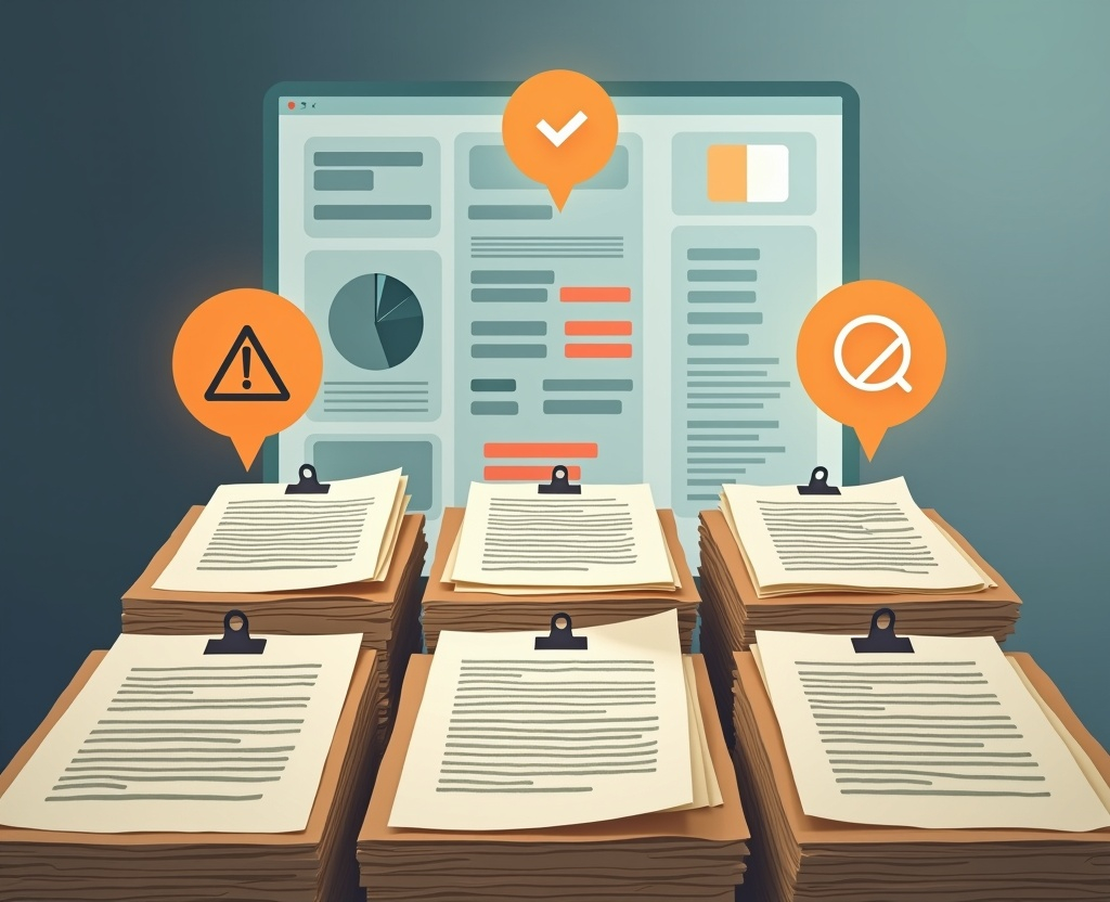Retrofitting Legacy Contracts for DORA: Approach, Tools & Review Procedures

Retrofitting Legacy Contracts for DORA: Approach, Tools & Review Procedures
The DORA Regulation (EU 2022/2554) applies not only to new agreements but to all existing contracts with IT service providers, cloud vendors, and software partners. Many of these legacy agreements have not been reviewed for DORA compliance, pose audit risks, and lack critical documentation.
This article outlines a practical approach for procurement and compliance teams to efficiently analyze, prioritize, and remediate legacy contracts with minimal effort.
1. Why Legacy Contracts Pose a Risk
-
Many contracts were signed before DORA or negotiated purely on commercial terms
-
Common gaps include:
- No incident reporting obligations
- Missing audit rights
- No exit strategies or BCP clauses
- Vague subcontractor provisions
The result: audit risks, potential non-compliance with Articles 28–30 DORA, and missing documentation for supervisory inquiries
2. Quick Assessment: ABC Analysis for Prioritization
A proven way to categorize contract risks pragmatically is ABC classification based on risk exposure and budget relevance:
| Class | Criteria | Example | Actions |
|---|---|---|---|
| A | Business-critical, high IT dependency, high spend | Cloud hosting, datacenter, SOC | Immediate review & renegotiation |
| B | Strategically relevant, moderate reach | SaaS platforms, monitoring tools | Add contractual annex or update |
| C | Low risk, low spend, no personal data | Hardware leasing, standard tools | Review at next renewal |
Tip: Integrate ABC classification into your contract database (e.g., Excel, Power BI, ServiceNow, contract management tool).
3. Contract Review: Initial vs. Recurring Assessment
Initial Review:
-
Identify all active IT/cloud/SaaS contracts
-
Create fields such as:
- Vendor / contract type / term / budget
- DORA-relevant clauses included? (Yes / No / Unclear)
- Risk classification A/B/C
Tools: CMDB, contract databases, Excel + Pivot, GRC tools (e.g., Alyne, OneTrust, SAP GRC)
Recurring Assessment (annual):
- Monitor new regulatory updates (e.g., RTS, BSI, EBA)
- Review contracts for necessary changes
- Incorporate audit findings (e.g., add missing exit clause)
4. Implementation: Measures by Contract Type
| Contract Type | Common Gap | Action |
|---|---|---|
| Legacy contracts without security annex | No incident reporting, no resilience testing | Request DORA addendum |
| Software contracts with non-EU hosting | No audit rights, no exit clause | Review under GDPR/DORA, renegotiate or exit |
| Active SaaS subscriptions | No classification as critical/non-critical | DORA risk assessment, adjust contractual terms |
Pro tip: Vendors are often open to amendments during renewals or budget approvals.
5. Documentation & Communication
- Log all changes with audit-proof documentation
- Align messaging across procurement, IT, legal, compliance
- Inform vendors transparently about regulatory context
Sample notification text:
“As part of our regulatory obligations under DORA (EU 2022/2554), we are required to assess existing contracts for digital resilience compliance. We kindly ask for your cooperation in updating the following contract terms…”
6. Checklist: DORA Readiness of Existing Contracts
-
Vendor identified
-
Contract classified as A/B/C
-
Review for:
- Incident reporting clause (Art. 19 DORA)
- Audit rights & supervision (Art. 30)
- Exit scenarios & data handover
- Subcontractor provisions
- RTO/RPO & BCP clauses
-
Addendum or renegotiation triggered
-
Documentation securely archived
-
Recurring review scheduled
Conclusion: Legacy Doesn’t Mean Liability—If Managed Right
Many organizations hesitate to touch legacy contracts due to volume. But with a pragmatic segmentation, a structured review process, and a lean remediation plan, this major challenge becomes a controllable DORA milestone.
Prioritizing now saves audit costs later—and protects your organization from unpleasant surprises.




